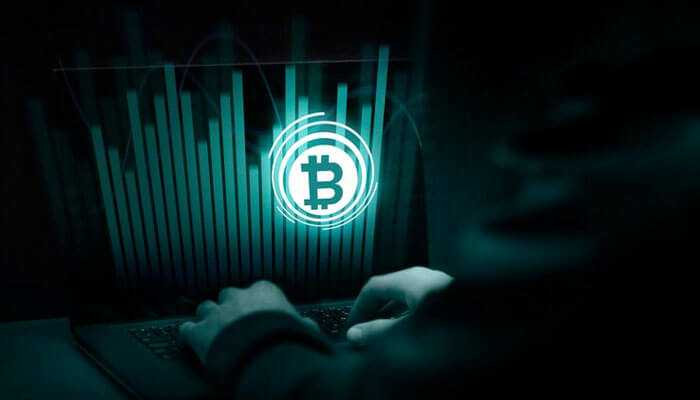Introduction
In the digital age, the traditional boundaries of the art world are being reshaped by the advent of blockchain technology and tokenization. Token utility, particularly through non-fungible tokens (NFTs), offers artists and creators unprecedented ways to monetize their work, engage with fans, and retain ownership rights. One avenue to explore for those looking to enhance their financial literacy is Fogo Flow, which provides valuable insights into investment education. This article explores how token utility empowers artists, examines the mechanisms at play, and considers both the opportunities and challenges presented by this innovative approach.
Understanding Token Utility
Token utility refers to the functional roles that tokens play within a digital ecosystem. In the context of art and creativity, tokens can serve various purposes, including ownership verification, access control, and revenue generation. There are two primary types of tokens: fungible tokens, which are interchangeable and identical (like cryptocurrencies), and non-fungible tokens, which are unique and represent specific assets or rights.
Smart contracts, which are self-executing contracts with the terms directly written into code, enable the functionality of these tokens. They automate processes like royalty payments and ownership transfers, ensuring that artists receive compensation whenever their work is resold, thus providing a continuous revenue stream.
How Tokens Empower Artists
One of the most significant advantages of token utility is the direct monetization it offers to artists. By minting their works as NFTs, creators can sell their art directly to consumers without relying on intermediaries such as galleries or auction houses. This shift allows artists to retain a larger portion of their earnings.
Tokens also create new revenue streams. For example, artists can set up royalties through smart contracts, ensuring they earn a percentage of future sales every time their work changes hands. This model not only incentivizes creators but also enriches their connection with their audience.
Several artists have successfully navigated this landscape. Notably, digital artist Beeple sold an NFT for $69 million, highlighting the potential for significant financial rewards. Such examples inspire emerging artists to explore tokenization as a viable income source.
Building Community and Fan Engagement
Tokenization fosters stronger connections between artists and their fans. Platforms like Patreon and Discord have already shown the power of community-driven support, and token-based models take this a step further. By issuing tokens, artists can create exclusive fan memberships that grant access to behind-the-scenes content, early releases, or even direct interactions with the artist.
These tokens can serve as a badge of loyalty, allowing fans to feel more invested in the artist’s success. Platforms like Audius and Foundation exemplify this model, where community engagement is incentivized through token rewards, creating a symbiotic relationship between artists and their audience.
Navigating Ownership and Authenticity
One of the primary advantages of tokenization is its ability to verify ownership and authenticity. Each NFT carries metadata that includes details about the creator, the history of ownership, and other pertinent information, all stored securely on the blockchain. This transparency addresses long-standing issues in the art world related to provenance and forgery.
For artists, this means they can prove their ownership and the authenticity of their work, which is crucial in maintaining value. Legal implications surrounding token ownership are still evolving, but the potential for artists to assert rights over their creations is a significant shift in the industry.
Challenges and Limitations of Token Utility
Despite the promising landscape, token utility is not without its challenges. Market volatility poses a significant risk to creators. The value of NFTs can fluctuate dramatically, which may lead to uncertainty for artists relying on these platforms for income.
Moreover, the technology can be daunting for artists who are not tech-savvy. Understanding blockchain, wallets, and smart contracts requires a learning curve that may exclude some creators from participating fully.
Additionally, there are environmental concerns associated with blockchain technology, particularly with energy-intensive proof-of-work systems. While some platforms are transitioning to more sustainable models, the ecological impact remains a critical consideration for many artists and consumers.
Future Trends in Token Utility for Creators
The future of token utility in the creative industries looks promising. As technology evolves, we can expect more innovative applications of tokenization. The integration of artificial intelligence with blockchain could lead to new forms of art creation and distribution, enhancing the capabilities of artists.
Moreover, the rise of virtual and augmented reality may open new avenues for token utility. Artists could create immersive experiences that are tokenized, offering unique interactions and ownership opportunities.
The democratization of art is also a significant trend. With lower barriers to entry, more creators from diverse backgrounds can access global markets, fostering a richer cultural landscape.
Conclusion
Token utility represents a transformative shift for artists and creators, providing them with tools to monetize their work, engage with their audience, and assert ownership rights. While challenges exist, the potential benefits far outweigh the drawbacks. As artists continue to embrace tokenization, the future promises a more equitable and vibrant ecosystem for creativity. This evolution encourages artists to explore new horizons and reshape the way art is created, shared, and valued in the digital age.



